This is a special guest post by Meghan Dukes, DC, MSPT of Body in Motion Chiropractic
It’s very common to hear from runners that they have a love-hate relationship with cross training. With the number of hours that most runners put in on the road or trail, it’s not surprising that they don’t always want to add a different exercise modality into their routine. Though the addition of something new may seem daunting, the combination of correctly matched strength and flexibility work can be a huge boost to any endurance-training program.
Classically, runners present with weak glutes (seat muscles), and tight hips. These two areas are part of the core focus of the exercise positions and routines at The Bar Method. Built on a combination of classical ballet training and the biomechanical rehabilitation techniques of Physical Therapists, The Bar Method is a full-body workout that is a fantastic complement to classic endurance training.
Bar Method exercises are designed to strengthen and improve muscle endurance by increasing the time spent holding sustained positions from seconds to minutes. This strengthening technique forces every possible muscle fiber to fire, thereby exhausting the muscles through and through.
In contrast, the mechanics of running allows each leg a brief rest before moving to the other. The front and back of each leg also get a second tiny rest due to each side’s firing separately, first the quads, then the hamstrings. Running is thereby highly efficient at conserving energy, affording leg muscles built-in instants of regenerative rest so that they are never completely exhausted. Put a runner’s quads or hamstrings in a situation that calls for sustained muscle tension – or strength work — and they experience quick fatigue.
Another fantastic benefit of The Bar Method is that it is a full body workout, with specific moves targeting each area of the body. Runners can often neglect full body and arm workouts in their training, forgetting how many muscles are needed to power through the last few miles of a long training run or race.
Stretching, another area that many runners neglect is a major part of each Bar Method class. The focus on lengthening the hamstrings, as well as opening hips and increasing shoulder mobility will improve overall posture taking the stress out of the neck and shoulders. This stretching matched with the balance and coordination required to make it through a Bar Method workout is invaluable to runners.
Beyond the physical challenges, Bar Method workouts will also test and improve mental strength. The focus it takes to stick with sections of sustained thigh or seat-work at the barre and the determination to finish long runs are often one and the same. It pushes you out of your comfort zone when your body is telling you to stop.
Over the past decade, “barre” fitness programs have sprung up all across the country. From high-intensity aerobic style classes to more classically ballet inspired versions, there is something out there for everyone. In recent years, more runners have started to take notice of the positive effects this training form can have on their performance. From decreases in injuries to improved muscle endurance, there are more reasons than ever for runners to head to the barre.
Meghan Dukes, DC, MSPT
Chiropractor
Physical Therapist
Certified Bar Method Instructor

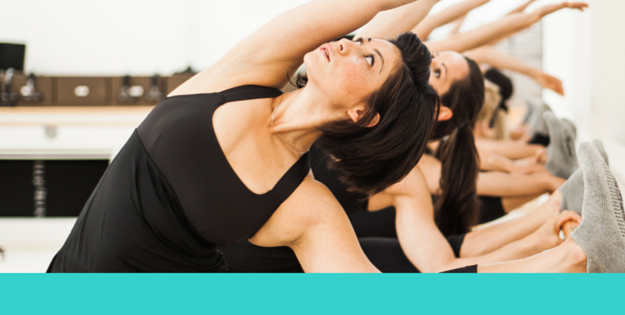

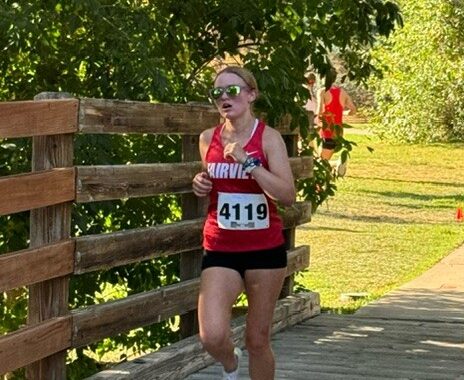







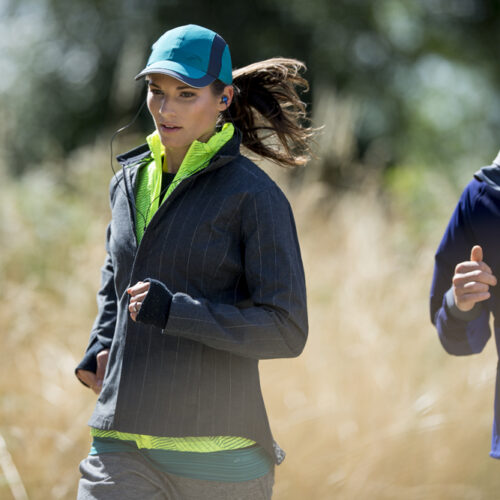
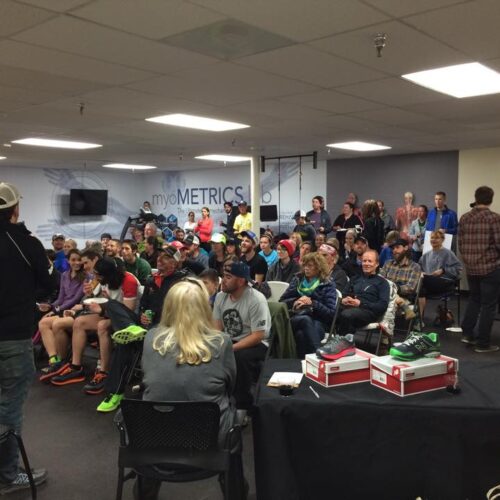
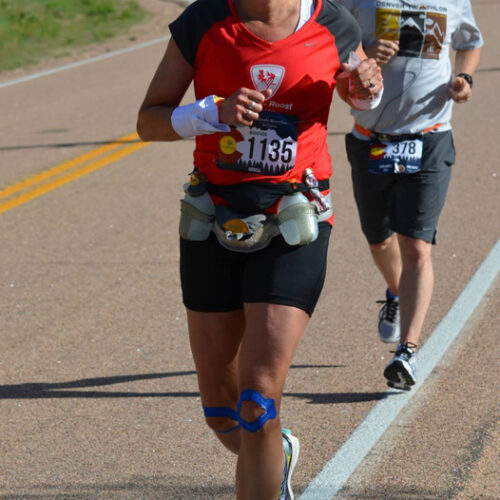
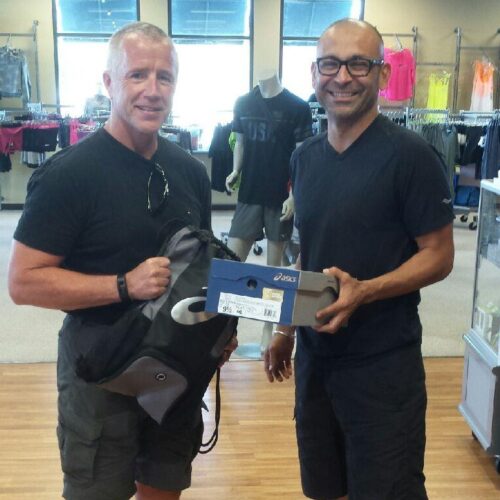
Recent Comments